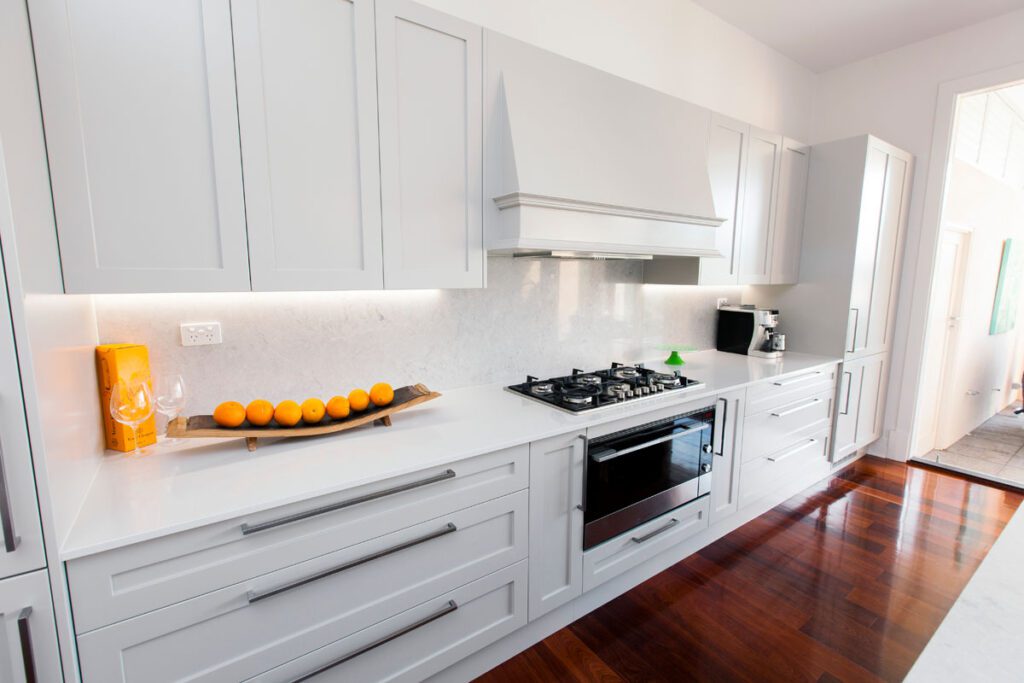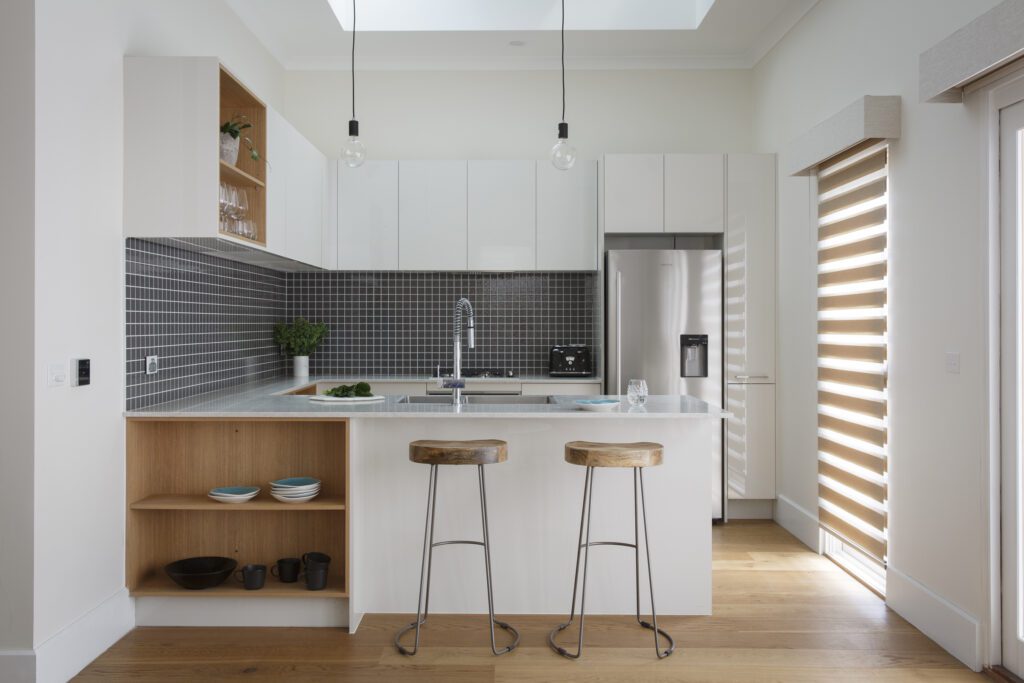If you have recently contacted Granite Kitchen Makeovers (or are considering contacting us) to design your kitchen, then this article by Charlotte Minty of Houzz has some great tips that will help you prepare for your meeting with us.
You’ve done the research, asked around for recommendations, and have finally made the big step to hire a designer to help you create your kitchen. The designer’s most important role is to identify what’s right for the client, but how you communicate your requirements, taste, budget and priorities also play a crucial part.
Before you have that first meeting, there are a number of steps you can take to help get the project underway in earnest. Your early homework will not only allow that important initial meeting to be an efficient one, it will also make the whole design process more effective and productive to get you the best outcome – a kitchen you love. Getting your pre-meeting prep right vastly increases the chances of client and designer starting out on the same page.

Refine your wish list
The first step is to think about what your needs are, and distinguish them from your wants. This is a baseline that will help shape your design project through its early development to its completion. By establishing what you want in your kitchen and what your kitchen needs will help the designer get a better fix on your style and aesthetic, in addition to better informing the practicalities (and spotting impracticalities) as the design is refined.
The wishlist can cover all manner of kitchen-related things, ranging from big decisions such as essential storage requirements, to smaller concerns like designating a special place for the dog bowl. Sometimes you might want to limit change to only certain aspects of your kitchen and keep others: for example, update the finishes, but keep the kitchen layout. When thinking about your wishlist, the goal is to provide your designer with a clear account of what you want to improve in your kitchen (what doesn’t work) and how it’s going to be used. Ask yourself such questions as: how many people will cook in the kitchen? Are they tall or short? How do you like to prep? Do you have lots of pantry items, or china, or appliances?
Set priorities
Unless money is no object, you are going to have to go through your ultimate wishlist and begin to rank the list of kitchen needs. Which items are non-negotiable, and which are nice to have but you can live without? This particular step has a clear meeting-of-minds objective. If the designer is able to get clarification about what is most important to you, then he or she will be better able to work in a way that aligns with your expectations, allocating budget to the things that matter most to you.
Collect photos to show your taste
It can be difficult to verbally express your kitchen vision, and even more difficult for someone else to see the pictures in your head. Remember that designers are visual operators – share photos of the schemes that inspire you. You may choose images to show off desired looks or moods, or to show exact products or finishes. Being clear about which is which is incredibly helpful for a designer both at the start and throughout the design process. Of course, Houzz can help you with that – simply add your chosen photos to an ideabook and share it with your designer.

Specify appliances
Early thinking about what kitchen appliances you prefer is an essential step to help designers determine the contours and details of the kitchen layout. A good idea is to choose – but not buy – the appliances before your first meeting with the designer as this gives him or her a great understanding of the dimensions of the kitchen, and the fit. If you have your heart set on a double fridge, a 900- or 1200-millimetre cooker, a wine fridge, or a coffee machine, now is the time to discuss this so the designer can be realistic about what is achievable and workable.
Decide on a budget
Speaking of being realistic, having a sound idea of your budget in advance of an initial designer meeting is obviously useful. Do not be shy about giving your designer the budget ranges in which you can comfortably operate, as a clear budget allows the designer to choose appropriately priced materials and finishes. More importantly, the designer needs to know whether the budget allows for significant design moves – such as removing walls, moving plumbing or electricals, or changing access ways – before providing those sorts of recommendations.
Line up your queries now
Have questions ready to ask at your first meeting, preferably written down so you can tick them off as you go. A positive designer-client relationship is maintained through effective communication, so start this practice right from the beginning.
Asking questions helps address uncertainties that may be lurking in the back of your mind – things you may even be shy about bringing up, such as how the designer will present options for you to make decisions on; what’s the fee structure; what’s the time frame; and is a deposit required? You might also ask what trade teams they’d recommend and discuss how sub-contractors will be managed.
This step, like the others before it, helps to establish the critical meeting-of-minds between the client and designer. Plus, it encourages you to discuss sensitive issues, such as financial arrangements and obligations, that can be awkward to discuss later. The earlier you can communicate your needs and wants and understand the design process, the better it is for you both and the closer you will get to the kitchen of your dreams.

